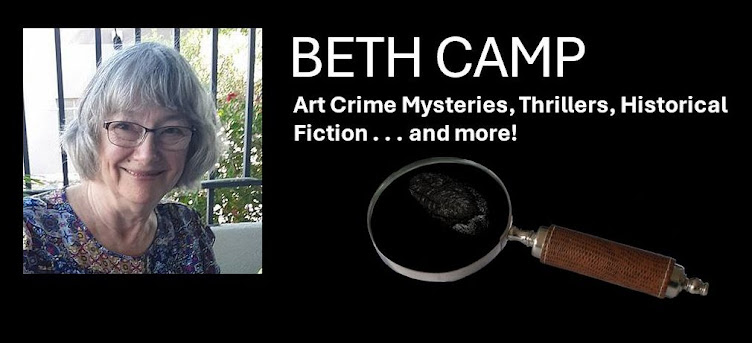I have long been fascinated by Medusa, one of three sisters, a Gorgon with hissing snakes for hair.
Once, armed with Lonely Planet and exploring the Basilica Cistern, an underground waterworks in Istanbul, featuring Romanesque architecture, we came across Medusa in stone at the very bottom of a massive column. The Basilica was a dark and quiet place, yet we were surprised to find Medusa there. No one could explain then why her head was at the bottom of the stone column, perhaps to protect the building, but then why her head at the base of the column? I think more to subvert her power.
 Rereading about Medusa this morning, I find originally she was a winged creature with hair of snakes and wide, staring eyes, a powerful woman somehow connected to caves and the sea who could turn people to stone by simply looking at them. Perseus could only slay her by deflecting her glance off his shield. I rather liked Medusa’s stare of death and her power to protect and destroy.
Rereading about Medusa this morning, I find originally she was a winged creature with hair of snakes and wide, staring eyes, a powerful woman somehow connected to caves and the sea who could turn people to stone by simply looking at them. Perseus could only slay her by deflecting her glance off his shield. I rather liked Medusa’s stare of death and her power to protect and destroy.My photo (taken in 2004) shows her enigmatic smile. How fitting in a way that she who killed others with stone would be preserved here in stone.
What is the Gorgon’s connection to Van Diemen’s Land in mid-19th Century? Nothing directly, but Mary Broad, a young woman transported for seven years for stealing a cloak, arrived with the First Fleet to New South Wales in 1789. She married a fisherman, William Bryant, also a convict, shortly after arriving.
William planned a daring escape that took 7 men, Mary, her two children, on a small, open longboat some 3,600 miles to Timor, Indonesia. Battered by storms, fever, starvation, somehow they survived, only to be recaptured and shipped to Cape Town in irons to wait for a ship to back to England, where they faced death by execution. The ship that finally arrived at the Cape was the Gorgon.
You can read about Mary Bryant online in the Australian Dictionary of Biography, or in The Girl From Botany Bay, by Carolly Erickson, a fine historian (the book is currently on my “to read” stack), or in Robert Hughes, The Fatal Shore (pages 205-209).
About Medusa: http://www.theoi.com/Pontios/Gorgones.html
Lovely images of Medusa here: http://en.wikipedia.org/wiki/Medusa

Nice post, Beth. Greek mythology is my secret addiction :)
ReplyDeleteI also love Greek mythology and remember Medusa's powers. How odd they would have put her at the bottom of a column, unless... perhaps he was once at the top of an older column and they build on top of her. And such a tragic tale of Mary Bryant. It's hard to fathom that the law would track someone down and ship them back to England when travel was so slow, so cumbersome, and the distances so far. Incredible.
ReplyDeleteWasn't that underground cistern amazing in that greenish darkness and the blind fish? Love your post on the Gorgon. Thanks for the visit and the comment about Frida Khalo being the Goddess of Inner Light and Tenacity.
ReplyDeleteGood luck on the A to Z!
I too share your love and fascination with this mythological creature.
ReplyDeleteGood link from the gorgon to your main subject of Tasmanian history. After enduring their escape over the sea, these poor people still went through more torment. Boy, we're lucky.
ReplyDeleteI love mythology, also. Beth, you have a wonderful gift for making history come alive.
ReplyDelete